Researchers measured the temperature of the Chicxulub crater 66 million years ago, unlocking mysteries of the dinosaur-dooming mass extinction event.


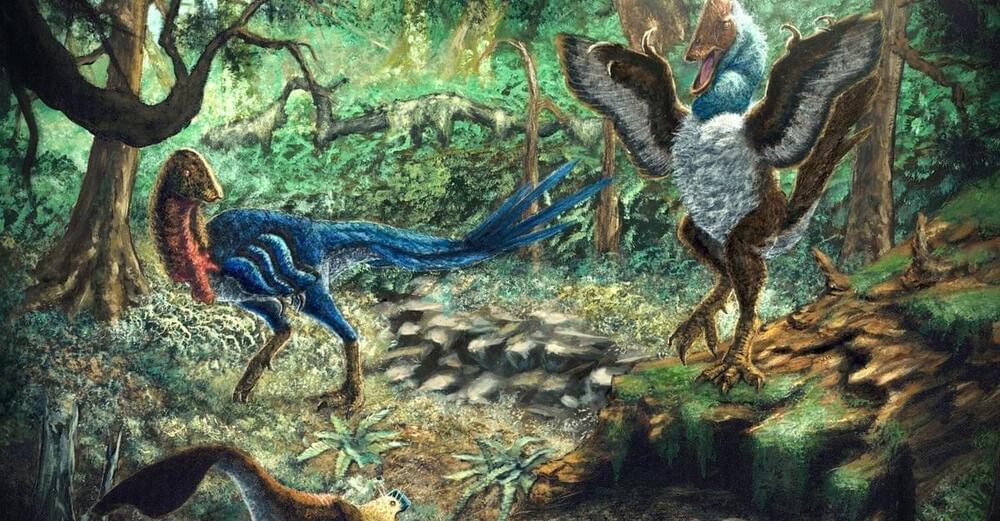
Two tight fasteners kept the majority of the Bennu asteroid sample from scientists since it returned to Earth in September. Now they’ve finally prised it open.
2023 was a landmark year in space exploration for the European Space Agency (ESA), marked by significant missions like Juice’s journey to Jupiter, the launch of the Euclid space telescope for dark matter research, and the decommissioning of ESA’s Aeolus mission.
The year also saw advancements in Earth observation technologies, initiatives to address space debris, and collaborative efforts in asteroid impact studies. Notably, the Galileo satellite system’s new high-accuracy service and the first hardware tests for its second generation of satellites were significant milestones.
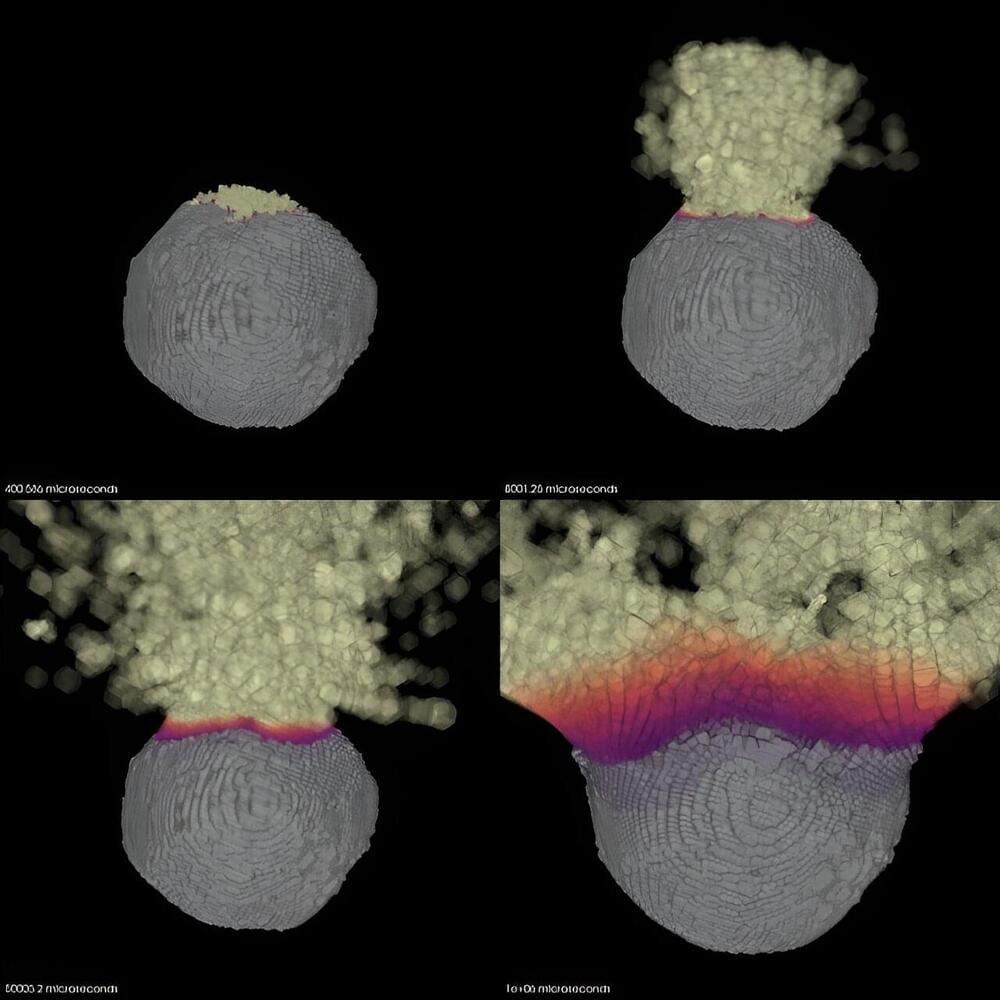
Researchers at Lawrence Livermore National Laboratory (LLNL) have developed a modeling tool for assessing the potential use of a nuclear device to defend the planet against catastrophic asteroid impacts.
The research, published today in the Planetary Science Journal, introduces a novel approach to simulating the energy deposition from a nuclear device on an asteroid’s surface. This new tool improves our understanding of the nuclear deflection’s radiation interactions on the asteroid’s surface while opening the door to new research on the shockwave dynamics affecting the inner asteroid.
This model will allow researchers to build upon the insights gained from NASA’s recent Double Asteroid Redirection Test (DART) mission, where, in Sept. 2022, a kinetic impactor was deliberately crashed into an asteroid to alter its trajectory. However, with limitations in the mass that can be lifted to space, scientists continue to explore nuclear deflection as a viable alternative to kinetic impact missions.
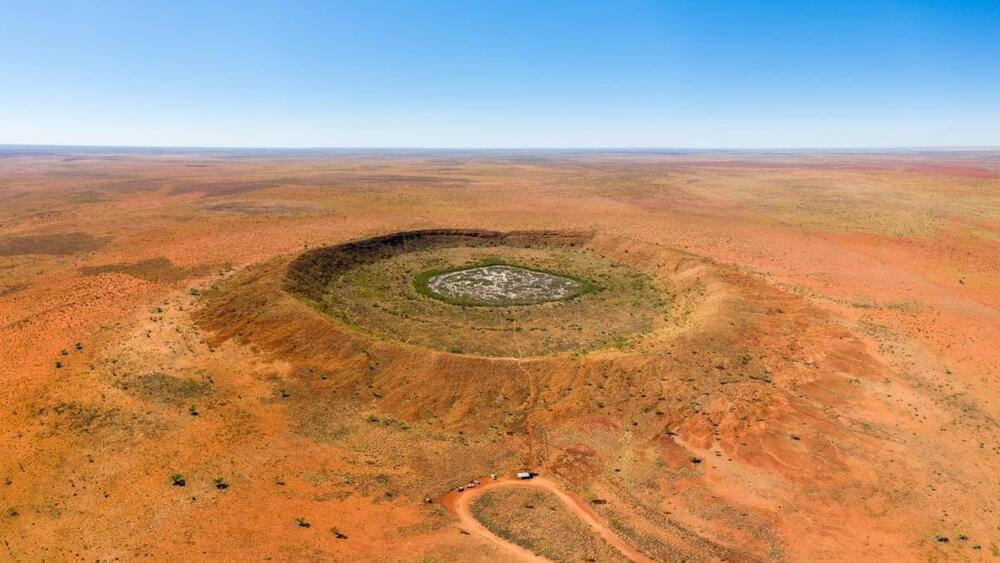
Scientists have pinpointed the location of the place where an asteroid hit Earth approximately 750,000 years ago.
In a study published in Proceedings of the National Academy of Sciences, the planetary scientists released evidence showing that the location of impact crater they have been seeking for decades is on the Bolaven Plateau in southern Laos.
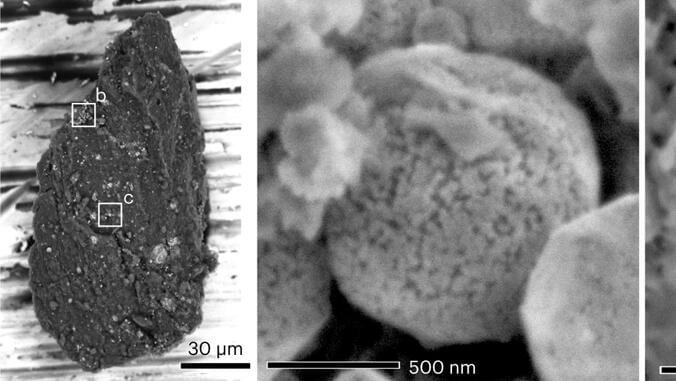
Micrometeorites, tiny space rocks, may have helped deliver nitrogen, a vital life ingredient, to Earth during our solar system’s early days. This finding was published in Nature Astronomy on November 30 by an international research team, including scientists from the University of Hawaiʻi at Mānoa and Kyoto University. They discovered that nitrogen compounds like ammonium salts are common in material from regions distant from the sun. However, how these compounds reached Earth’s orbit was unclear.
The study suggests that more nitrogen compounds were transported near Earth than previously thought. These compounds could have contributed to life on our planet. The research was based on material collected from the asteroid Ryugu by Japan’s Hayabusa2 spacecraft in 2020. Ryugu, a small sun-orbiting rocky object, is carbon-rich and has experienced considerable space weathering due to micrometeorite impacts and solar charged ions.
The scientists studied the Ryugu samples to understand the materials reaching Earth’s orbit. They used an electron microscope and found the Ryugu samples’ surface covered with tiny iron and nitrogen minerals. They theorized that micrometeorites carrying ammonia compounds collided with Ryugu. This collision sparked chemical reactions on magnetite, resulting in iron nitride formation.
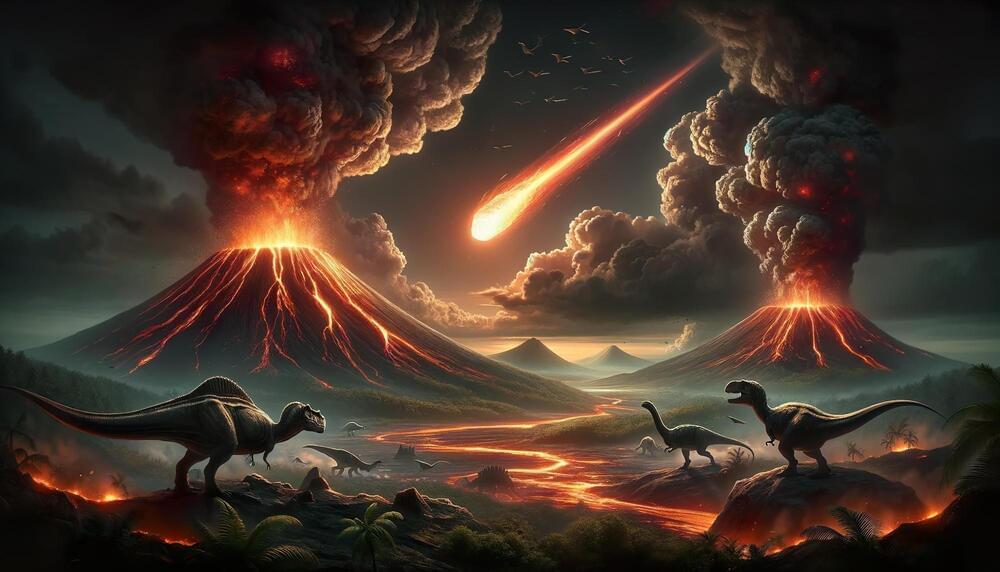
To address the long-standing debate about whether a massive asteroid impact or volcanic activity caused the extinction of dinosaurs and numerous other species 66 million years ago, a team at Dartmouth College took an innovative approach — they removed scientists from the debate and let the computers decide.
The researchers report in the journal Science a new modeling method powered by interconnected processors that can work through reams of geological and climate data without human input. They tasked nearly 130 processors with analyzing the fossil record in reverse to pinpoint the events and conditions that led to the Cretaceous –Paleogene (K–Pg) extinction event that cleared the way for the ascendance of mammals, including the primates that would lead to early humans.
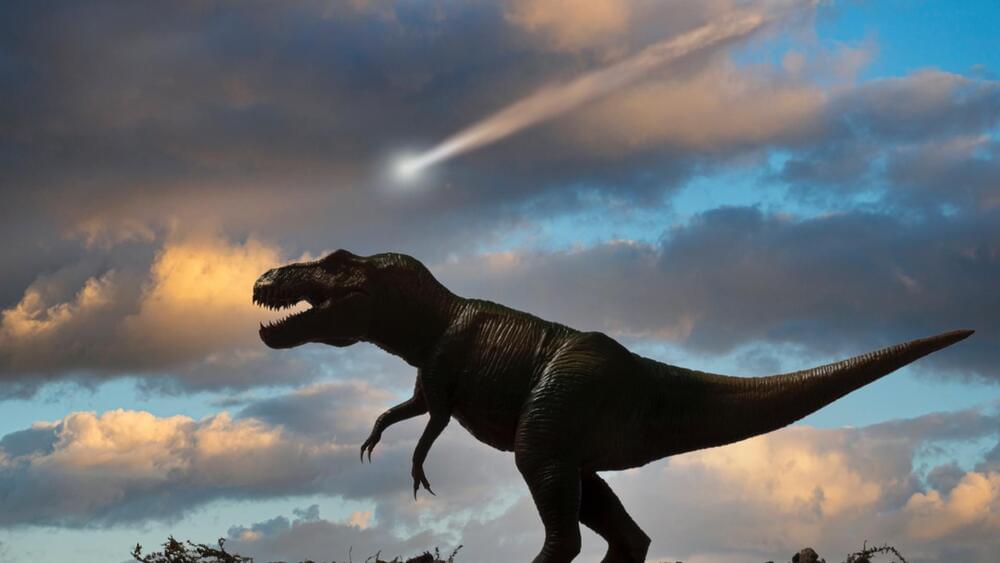
Another event — volcanic eruptions — might have played a major role in wiping out the dinosaurs.
Ugurhan/iStock.
Two main events that could be responsible for all the chaos happened at the same time: massive volcanic activity called the Deccan Traps in India and Seychelles and a huge meteorite hitting Earth, creating the Chicxulub crater in Mexico.
Go to https://buyraycon.com/isaacarthur to get 20 to 50% off sitewide! Brought to you by Raycon.
In the grand theater of the cosmos, amidst a myriad of distant suns and ancient galaxies, the Fermi Paradox presents a haunting silence, where a cacophony of alien conversations should exist. Where is Everyone? Or are we alone?
Visit our Website: http://www.isaacarthur.net.
Join Nebula: https://go.nebula.tv/isaacarthur.
Support us on Patreon: https://www.patreon.com/IsaacArthur.
Support us on Subscribestar: https://www.subscribestar.com/isaac-arthur.
Facebook Group: https://www.facebook.com/groups/1583992725237264/
Reddit: https://www.reddit.com/r/IsaacArthur/
Twitter: https://twitter.com/Isaac_A_Arthur on Twitter and RT our future content.
SFIA Discord Server: https://discord.gg/53GAShE
Credits:
The Fermi Paradox Compendium of Solutions & Terms.
Episode 420; November 9, 2023
Written, Produced & Narrated by: Isaac Arthur.
Editors: Donagh Broderick.
Graphics by:
Darth Biomech.
Jeremy Jozwik.
Katie Byrne.
Ken York YD Visual.
Legiontech Studios.
Sergio Botero.
Tactical Blob.
Udo Schroeter.
Music Courtesy of:
Epidemic Sound http://epidemicsound.com/creator.
Markus Junnikkala, “Memory of Earth“
Stellardrone, “Red Giant”, “Ultra Deep Field“
Sergey Cheremisinov, “Labyrinth”, “Forgotten Stars“
Miguel Johnson, “The Explorers”, “Strange New World“
Aerium, “Fifth star of Aldebaran”, “Windmill Forests”, “Deiljocht“
Lombus, “Cosmic Soup“
Taras Harkavyi, “Alpha and…”
0:00:00 Intro.